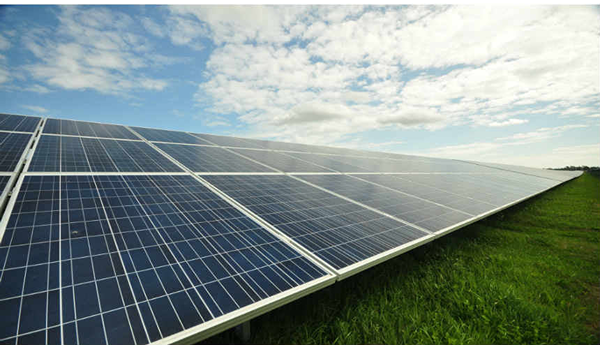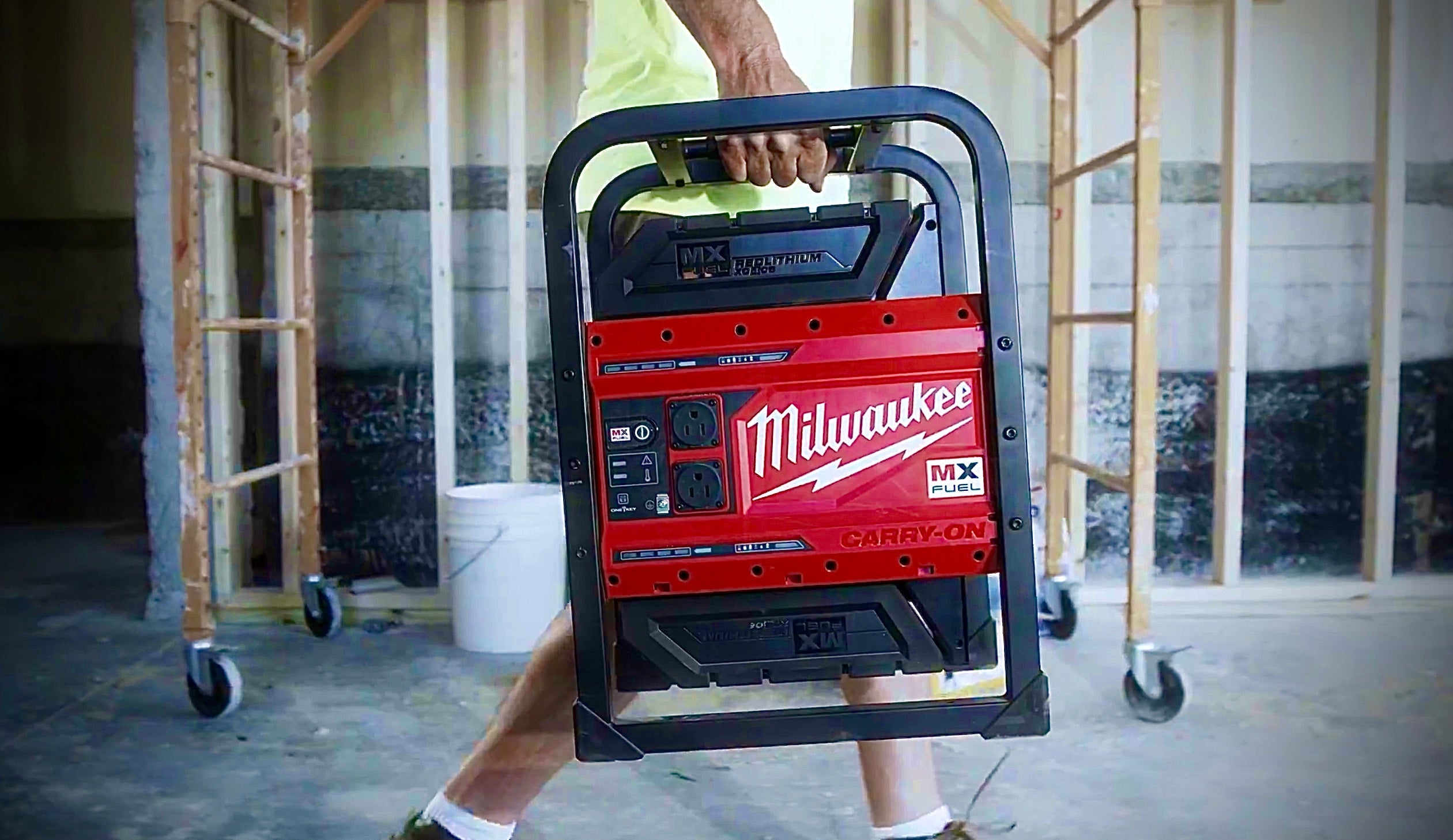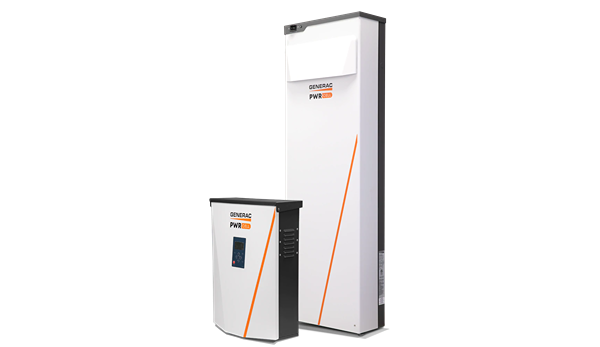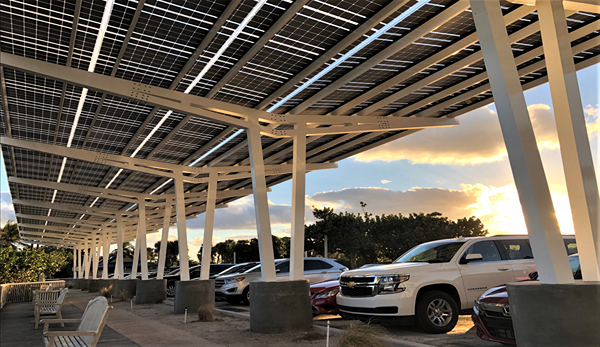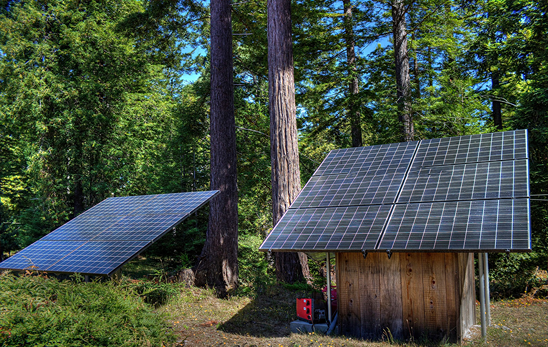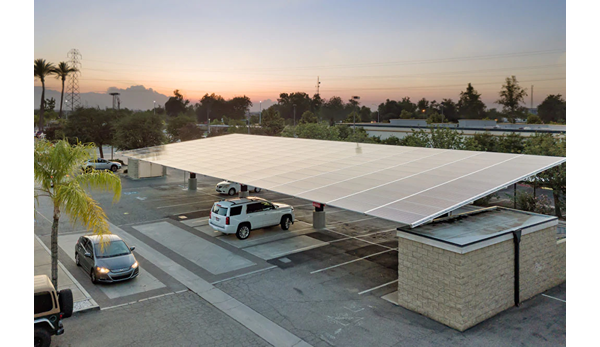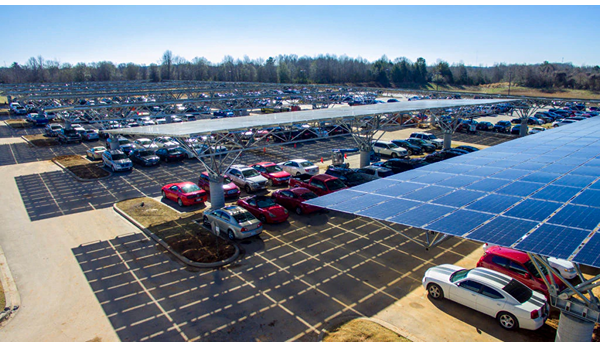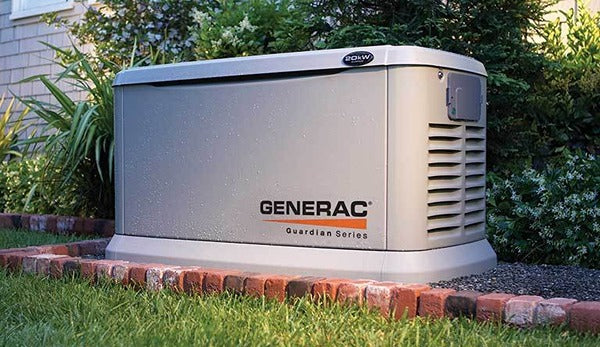
Tesla Power Wall: How Much of My House Can I Run on It? And For How Long?
Tesla Power Wall:
How Much of My House Can I Run on It?
And For How Long?
With the rising popularity of residential energy storage systems, the Tesla Power Wall has emerged as a leading solution for efficient and sustainable power management. This article aims to provide an introductory understanding of the Tesla Power Wall, its functionality, and its benefits for homeowners. By delving into the nuances of this innovative technology, we can explore how much of your house you can power using a Power Wall and for how long.
What is the Tesla Power Wall?
The Tesla Power Wall is a cutting-edge energy storage system designed to store electricity for residential use. Serving as a compact and sleek battery pack, the Power Wall harnesses alternative energy, like the output from solar panels, which enables homeowners to efficiently manage their energy consumption and reduce their reliance on the electrical grid.
The Power Wall is a robust energy storage solution that allows homeowners to store excess electricity generated by their solar panels, or manage grid consumption during off-peak hours. It aims to provide a continuous power supply during outages, optimize energy usage, and reduce electricity costs. The Power Wall is a testament to Tesla's commitment to sustainable energy solutions.
Tesla introduced the Power Wall in 2015 as part of its vision to revolutionize the energy sector. The company's CEO, Elon Musk, envisioned a future where renewable energy could be stored and utilized effectively, leading to a more sustainable and reliable energy grid.
Key features and specifications
The Power Wall boasts several notable features, including a sleek and compact design that can be easily mounted on a wall. It is available in different models, offering varying energy capacities and power outputs. The latest version, Power Wall 2, offers a storage capacity of 13.5 kilowatt-hours (kWh) and a power output of 5 kilowatts (kW) continuous and 7 kW peak.
Equipped with advanced lithium-ion battery technology, the Power Wall can efficiently store and deliver electricity to meet the demands of a household.
How does the Power Wall work?
To understand the Power Wall's operation, it is essential to explore its battery chemistry and technology, as well as its integration with solar panels and the electrical grid.
The Power Wall utilizes lithium-ion battery technology, which offers high energy density and efficiency. This technology allows for the storage and discharge of electricity when needed, ensuring a consistent power supply. With its intelligent battery management system, the Power Wall optimizes battery usage and extends its lifespan.
The Power Wall seamlessly integrates with solar panels, enabling homeowners to store excess solar energy generated during the day for use during the night or on cloudy days. By reducing reliance on the electrical grid, homeowners can take advantage of clean, renewable energy and substantially lower their electricity bills.
The Power Wall charges primarily through, solar panels which convert sunlight into electricity. Excess solar energy that is not immediately consumed by the household is stored in the Power Wall for later use. During power outages or periods of high cost electrical demand, the Power Wall discharges stored energy to power essential appliances and maintain uninterrupted operation.
Calculating Power Requirements
Determining your Household's Energy Needs
Before assessing the capabilities of the Power Wall, it is crucial to understand your household's energy consumption and identify essential and non-essential appliances.
Examine your electricity consumption - Analyze your historical energy bills or consult your utility provider for detailed information. This assessment will provide insights into your average monthly and annual energy usage, allowing you to determine the extent of your energy needs.
Identifying essential and non-essential appliances
Categorizing your appliances into essential and non-essential can help prioritize energy allocation during power outages or times of limited electricity supply. Essential appliances typically include refrigerators, lighting, medical devices, and communication equipment, while non-essential devices encompass entertainment systems, air conditioning units, and larger power-consuming appliances.
Estimating the power demand of your appliances
To gauge the impact of the Power Wall on your household, it is necessary to understand the wattage and power ratings of common household devices.
Each appliance has a specific power rating, expressed in watts (W), which indicates the amount of power it consumes during operation. By referring to the manufacturer's specifications or utilizing resources like the US Department of Energy's appliance load calculator, you can determine the wattage of various appliances. This knowledge helps in estimating the power demand and calculating the energy required to run your household efficiently.
Understanding your energy consumption and usage patterns
In addition to the power ratings, understanding the energy consumption patterns of your appliances is vital for optimizing the usage of the Power Wall. Some appliances, such as refrigerators and air conditioners, consume higher energy during start-up or when running at maximum capacity. By identifying these patterns, you can make informed decisions about when and how to use the Power Wall effectively.
Power Wall Capacity and Usage
To determine how much of your house the Power Wall can run and for how long, it is essential to explore the different Power Wall models and their specifications, including battery capacity and energy storage capabilities.
Tesla offers various Power Wall models with different energy capacities, typically measured in kilowatt-hours (kWh). The specific model you choose will depend on your energy requirements and budget. It is worth noting that the Power Wall's capacity is scalable, allowing for multiple units to be interconnected, thereby increasing overall energy storage capabilities.
The Power Wall's battery capacity directly impacts the amount of electricity it can store and subsequently deliver to your household. By assessing your energy needs and comparing them to the Power Wall's capacity, you can estimate the duration for which the Power Wall can power your house during periods of limited electricity supply.
Assessing your power usage with the Power Wall
To determine the extent to which the Power Wall can support your household, it is crucial to understand your power demand and the duration of your demand, to make sure they align with the capabilities of the Power Wall.
Power demand refers to the amount of electricity required to operate your essential appliances simultaneously. By considering the power ratings of your appliances and their expected usage patterns, you can estimate the power demand during different scenarios, such as power outages or limited electricity supply.
Comparing your power demand with the Power Wall's capacity will help assess whether the Power Wall can fulfill your energy requirements. If your power demand exceeds the Power Wall's capacity, it may be necessary to prioritize essential appliances or consider scaling up the number of Power Wall units.
Running Essential Appliances
During power outages, it is crucial to prioritize essential appliances to ensure uninterrupted operation and maintain a comfortable living environment.
Critical appliances might include refrigerators, medical devices, lighting, and communication equipment. By identifying these appliances, you can allocate the Power Wall's energy resources most effectively to keep them running during outages.
To optimize the configuration of the Power Wall and ensure safe and reliable connections between the Power Wall and your essential appliances, professional installation is recommended to guarantee proper wiring and adherence to electrical safety standards.
Load management prolongs stored energy capacity.
Load management systems optimize the usage of the Power Wall's stored energy, prolonging its capacity. These systems regulate and distribute electricity according to customizable priorities, reducing energy waste and ensuring critical appliances receive power when needed the most.
The Power Wall not only provides backup power during outages but also provides opportunities to reduce reliance on the electrical grid and shift the majority of grid consumption to less expensive off-peak hours. This strategy of alternate energy storage helps optimize the use of your available resources and promotes efficiency and sustainability.
By strategically managing your energy usage, you can take advantage of substantial cost savings for “time of day usage” while maximizing the Power Wall's capabilities.
Using the Power Wall with Solar Panels
One of the key benefits of the Power Wall is its seamless integration with solar panels, allowing homeowners to harness renewable energy more efficiently. Combining solar panels with the Power Wall enables you to store excess solar energy (solar energy that is not immediately used by your household) that is generated during the day and use it during times of low or no solar production, such as at night or during cloudy weather. This integration promotes self-sufficiency, reduces reliance on the electrical grid, and maximizes the utilization of clean energy.
To optimize the integration of solar panels and the Power Wall, it is important to consider the Production Ratio. This ratio represents the estimated energy output over time (in kWh) in relation to the actual system capacity (in W). By evaluating this ratio, you can assess the efficiency and effectiveness of your solar energy system.
Your monthly and annual electricity consumption is crucial in determining the size and number of solar panels needed to meet your energy needs effectively. An average American home needs between 17 and 21 solar panels to fully offset utility bills with solar energy. Based on data from the U.S. Energy Information Administration, the average American home uses approximately 10,632 kWh of electricity per year, which translates to an average monthly consumption of 886 kWh.
Off-grid living with the Power Wall
For those seeking complete energy independence, the Power Wall offers a viable solution for off-grid living.
By combining the Power Wall with a robust solar energy system, homeowners can achieve energy independence. The Power Wall stores excess solar energy for later use, ensuring a consistent power supply even when disconnected from the electrical grid. This is particularly valuable in remote areas or during natural disasters when grid electricity is simply unavailable.
Factors Affecting Power Wall Performance
The performance of the Power Wall can be influenced by climate and weather conditions, particularly extreme temperatures.
Extreme heat or cold can affect the efficiency and lifespan of the Power Wall's battery. High temperatures can cause the battery to degrade more quickly, reducing its overall capacity and performance. Similarly, extremely cold temperatures can impact the battery's ability to charge and discharge efficiently. It is important to consider these factors and take appropriate measures to ensure the Power Wall's optimal performance in different climate conditions. Proper insulation and temperature control measures can help mitigate the impact of extreme climate conditions on the Power Wall's performance. It is advisable to consult with professionals who can provide guidance on installation, maintenance, and temperature management.
Periodic inspections, firmware updates, and battery health checks are crucial for maintaining the Power Wall's efficiency and functionality. Regular monitoring allows for early detection of any issues or abnormalities, enabling prompt troubleshooting and preventing potential problems.
The Power Wall is designed to have a long lifespan, typically from 10 to 15 years. Tesla offers warranties that provide coverage for a specified duration, ensuring peace of mind and protection for your investment. Understanding the expected lifespan and warranty terms allows you to assess the long-term benefits and financial considerations associated with the Power Wall.
Financial Considerations
Determining the return on investment (ROI) is a crucial aspect when evaluating the financial viability of installing a Power Wall.
To calculate the ROI, compare the anticipated energy savings and electricity bill reduction achievable with the Power Wall against the initial investment and ongoing maintenance costs. By considering factors such as the cost of electricity, the Power Wall's efficiency, and the expected lifespan, you can estimate the time-frame for recovering your initial investment. The payback period represents the time required to recoup your initial investment through energy savings. By dividing the upfront cost of the Power Wall by the annual energy savings, you can determine the approximate payback period.
Federal and State incentives, rebates, subsidies, and local utility incentives further enhance the financial attractiveness of installing a Power Wall. Many governments offer programs and subsidies that promote the adoption of renewable energy and energy storage systems. These programs can provide financial incentives, tax credits, or grants to homeowners who invest in technologies like the Power Wall.
Local utility companies may offer incentives or favorable net metering policies, allowing homeowners to earn credits for excess energy produced by their solar panels and stored in the Power Wall. These credits offset future electricity bills, reducing overall energy costs and improving the ROI of the Power Wall investment.
Conclusion
In conclusion, the Tesla Power Wall is a cutting-edge energy storage system that enables homeowners to efficiently manage their energy consumption, reduce reliance on the electrical grid, and embrace renewable energy solutions. By understanding the Power Wall's capabilities and matching them with your household's energy requirements, you can determine how much of your house can be powered by the Power Wall and for how long.
Additionally, factors such as solar panel integration, climate considerations, maintenance, and financial analysis play crucial roles in assessing the suitability of the Power Wall for your household. As the popularity of home energy storage systems continues to rise, the Tesla Power Wall stands at the forefront, revolutionizing the way we power our homes and paving the way for a sustainable and resilient future.



